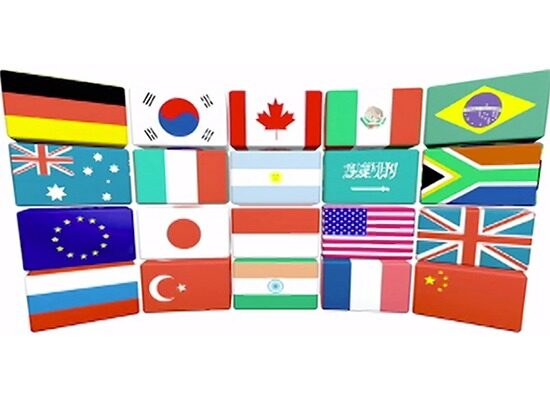Making Sense of the Global Economies
On a daily basis, there’s regular media references to trade, global economies, emerging markets, BRICS – and now CIVETS and the Next Eleven. There’s continuous debate whether the category of emerging markets is even valid anymore, and yet, BRICS, CIVETS, Next Eleven and emerging markets still seem to dominate the public discussion. Just what do we mean when we say emerging markets and how do they fit in the world of global economies?
The term emerging market refers to a constantly evolving group of countries which started with the BRIC countries – that is Brazil, Russia, India, and China — and has now expanded to include twenty-eight countries. Within this category, CIVETS refers to the subset of Columbia, Indonesia, Vietnam, Egypt, Turkey, and South Africa. The Next Eleven subset includes Bangladesh, Egypt, Indonesia, Iran, Mexico, Nigeria, Pakistan, the Philippines, Turkey, South Korea, and Vietnam.
As a result of the expanding group, the term emerging market may be dated. While it is still widely used, some feel that it is time to retire the phrase “emerging markets.” Surely South Korea, with sophisticated companies such as Samsung, has fully emerged by now and should now be treated as a developed country, and yet it is still included in many emerging market investment funds. And China already has the world’s second-largest economy.
To provide perspective – it’s helpful to remember that during the last thirty years, the global economy has gone through drastic, but mostly positive changes. In the 1980s, the international economy was essentially an exclusive club of the twenty richest countries. This changed as dictatorships and command economies collapsed throughout the world. Countries that once prohibited foreign investment from operating on their soil, and were isolated from international cooperation, are now part of the global marketplace. A recent entrant, Myanmar, is rich with natural resources and already capturing the interest of many global firms.
Recognize that all of the emerging market countries were once considered developing nations. What resulted in the transition? Are today’s developing countries turning into tomorrow’s emerging markets? How do we think about economic classifications for countries in a constantly evolving world? Which are tomorrow’s developed, developing, and emerging economies?
Knowing that there are wide inconsistencies, how do we define emerging markets consistently from the perspective of global businesses? There are some common major characteristics which characterize an emerging market — including:
- a society transitioning from a dictatorship to a free market-oriented economy with changes in the local commercial infrastructure, regulatory and trade policies,
- increasing economic freedom with improvements in efficiency and transparency,
- an expanding middle class with increasing incomes,
- improving standards of living and an overall investment in education,
- cultural changes, including social stability and tolerance, and
- gradual integration within the global marketplace.
Despite the current protectionist rhetoric, trade barriers are still falling, and new opportunities are emerging in markets of Africa and the Middle East. Global firms continue to look at these and other global markets for their products and services; incorporating them into their long-term growth strategies. To effectively assess opportunities and risks, we need to look at each country’s political, economic, and social history.



